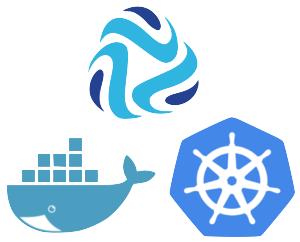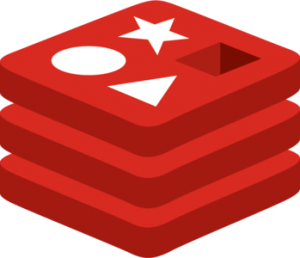Scaling out StreamSets with Kubernetes
 UPDATE – Since this blog post was written, StreamSets Control Hub added a Control Agent for Kubernetes that supports creating and managing Data Collector deployments and a Pipeline Designer that allows designing pipelines without having to install Data Collectors. This blog entry has full details: Using StreamSets Control Hub for Scalable Deployment via Kubernetes.
UPDATE – Since this blog post was written, StreamSets Control Hub added a Control Agent for Kubernetes that supports creating and managing Data Collector deployments and a Pipeline Designer that allows designing pipelines without having to install Data Collectors. This blog entry has full details: Using StreamSets Control Hub for Scalable Deployment via Kubernetes.
In today’s microservice revolution, where software applications are designed as independent services that work together, two technologies stand out. Docker, the defacto standard for containerization, and Kubernetes, a container orchestration and management tool. In this blog I will explain how to run StreamSets Data Collector (SDC) Docker containers on Kubernetes.
